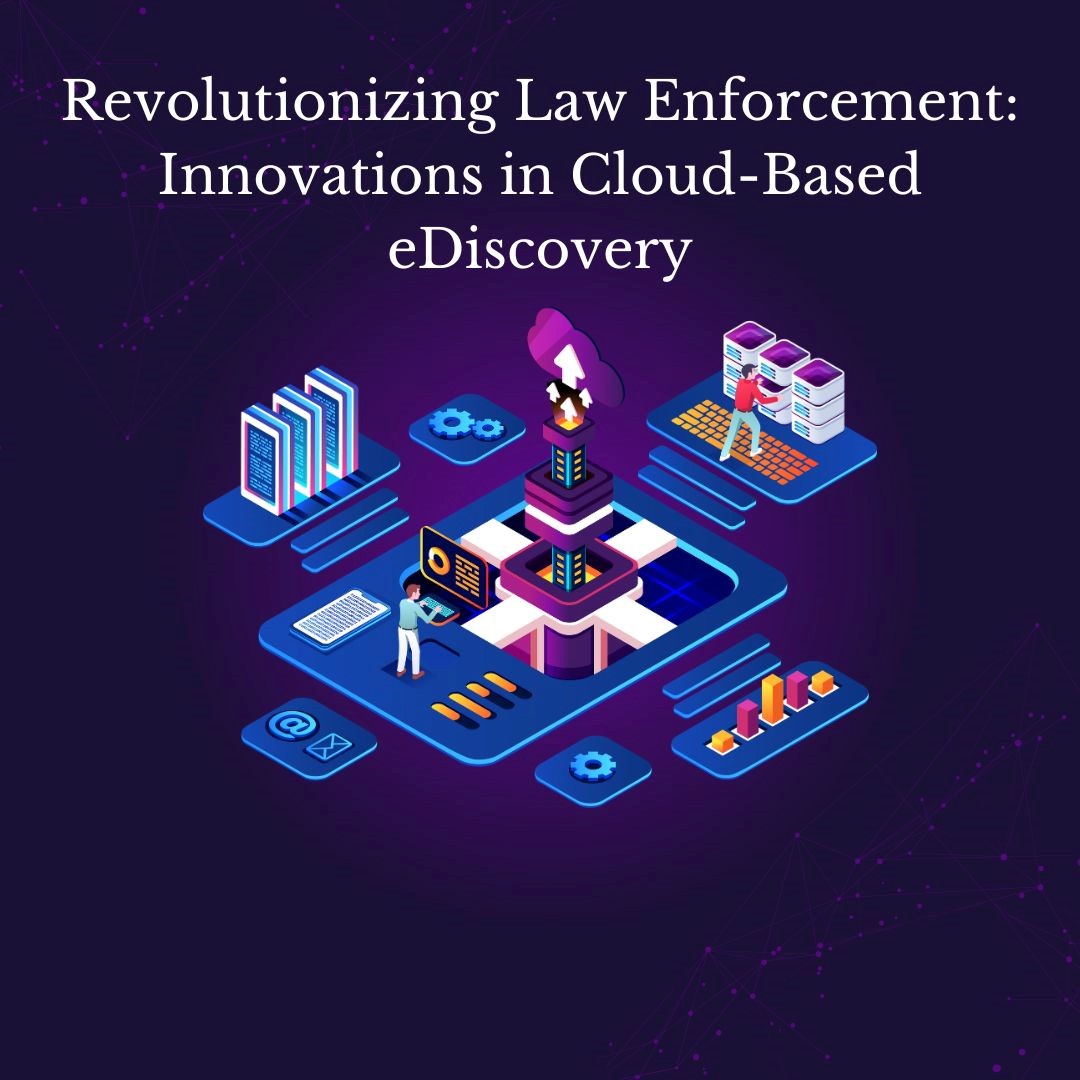Revolutionizing Law Enforcement: Innovations in Cloud-Based eDiscovery
Cloud-based electronic discovery (eDiscovery) tools are revolutionizing law enforcement investigations by enabling swift analysis of vast digital data. Padmapriya Nagineni explores this shift, highlighting the tools’ ability to enhance efficiency, streamline legal compliance, and bolster evidence accuracy. However, she also emphasizes the pressing need to address privacy challenges and ethical concerns posed by their extensive data access capabilities.
The Shift Towards Digital Efficiency
Cloud-based eDiscovery tools represent a significant leap in processing and analyzing digital evidence. Unlike traditional methods, which are often time-consuming and resource-intensive, these solutions leverage advanced data processing capabilities to sift through massive datasets with unprecedented speed. Investigations that once spanned weeks are now being completed in hours, enabling law enforcement to act swiftly on critical evidence.
The scalability of these tools is their cornerstone. By utilizing distributed cloud environments, agencies can manage terabytes of data, including emails, social media posts, and metadata, which are central to modern investigations. This scalability ensures that even the most complex cases involving diverse digital footprints can be handled efficiently.
Transforming Legal Compliance and Evidence Handling
Beyond speed, cloud-based eDiscovery has bolstered compliance with legal standards. Automated features, such as evidence tagging and chain-of-custody management, ensure that digital evidence remains admissible in court. These tools are equipped with built-in compliance checks to adhere to data privacy regulations, a critical feature given the heightened scrutiny around digital surveillance.
Moreover, enhanced accuracy in evidence handling reduces the risk of mishandling or overlooking crucial data. By employing algorithms to prioritize and classify evidence, these tools ensure a more focused and streamlined approach to investigations. This precision not only aids legal outcomes but also minimizes unnecessary data exposure, aligning with privacy mandates.
Navigating Ethical and Privacy Challenges
While the advantages of cloud-based eDiscovery are clear, its adoption has sparked debates on privacy and ethics. The ability to access vast quantities of personal data, from private communications to social media activity, creates a detailed mosaic of an individual’s life. This capability, though powerful, raises questions about the boundaries of surveillance and the potential for misuse.
The lack of comprehensive legal frameworks exacerbates these concerns. Many existing laws, designed for pre-digital contexts, struggle to address the nuances of modern data collection. This gap leaves room for inconsistent practices, overreach, and erosion of public trust. Ethical guidelines and transparent usage policies are critical to navigating this terrain.
Innovations Driving Future Potential
Emerging technologies are poised to further enhance cloud-based eDiscovery. Artificial intelligence (AI) and machine learning (ML) are already being integrated to automate evidence classification and detect patterns across datasets. These advancements promise to make investigations even more efficient while reducing human error.
Privacy-preserving analytics is another frontier. By employing techniques that anonymize data during analysis, these tools can mitigate privacy risks without compromising investigative capabilities. Similarly, blockchain technology is being explored to enhance evidence integrity, ensuring that digital footprints remain untampered throughout their lifecycle.
Striking a Balance Between Efficiency and Rights
The rapid evolution of cloud-based eDiscovery demands a balanced approach. Policymakers, technologists, and privacy advocates must collaborate to develop frameworks that uphold both investigative efficiency and individual rights. This includes adapting existing laws, establishing clear protocols for cross-border data access, and fostering transparency in law enforcement practices.
Public trust, a cornerstone of effective law enforcement, hinges on the responsible use of technology. Educating the public about the capabilities and limitations of cloud-based eDiscovery can help bridge the gap between innovation and acceptance, ensuring that these tools serve justice without compromising civil liberties.
A Path Forward
The journey of cloud-based eDiscovery is deeply rooted in balancing ethical governance with technological innovation. Its trajectory depends on harmonizing advanced tools with comprehensive frameworks, ensuring responsible application of digital capabilities. With continuous advancements and collaborative discussions, these tools have the potential to revolutionize law enforcement, delivering unparalleled efficiency and accuracy while maintaining a steadfast commitment to justice and integrity in the digital age.
In conclusion, Padmapriya Nagineni’s insights highlight the dual responsibility inherent in technological advancement: enhancing capabilities while safeguarding the foundational principles of justice. Her perspective emphasizes that striking this balance is essential to shaping the future of law enforcement and its evolving relationship with the digital world.

